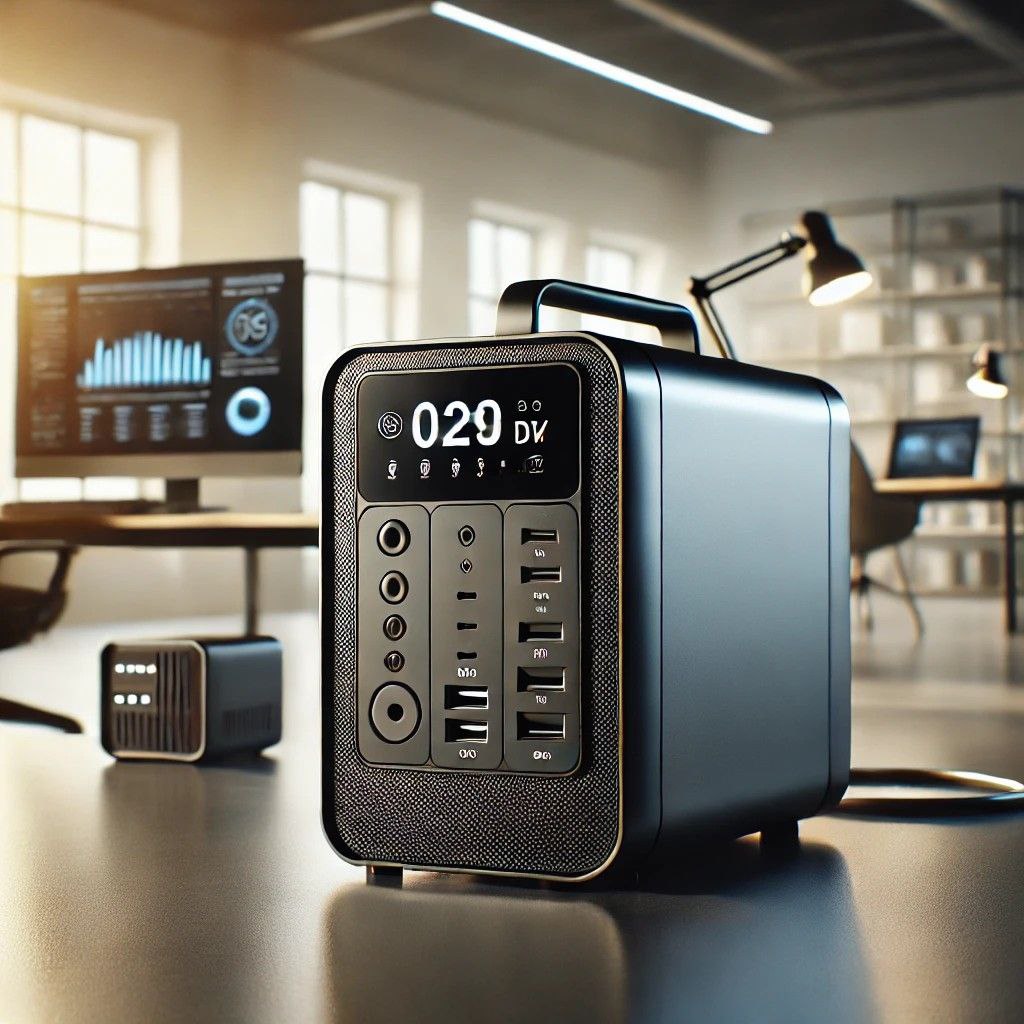How Portable Energy Storage System works
- Energy Input: The system draws energy from various sources such as solar panels (PV), the electrical grid, a generator, or an electric vehicle (EV). These sources charge the internal battery of the PESS.
- Energy Storage: The energy collected is stored in high-capacity batteries (usually lithium-ion or similar) within the system. The batteries are managed by an advanced Battery Management System (BMS), which monitors charge levels, protects against overcharging, and optimizes energy use for longevity.
- Power Conversion: When power is needed, the stored DC (direct current) energy from the battery is converted into AC (alternating current) by an inverter. This allows the system to supply electricity to AC-powered devices like appliances, tools, or even an entire home in some cases.
- Energy Output: The system delivers power through various outlets, usually including standard AC plugs, USB ports, and sometimes direct DC outputs. This versatility allows it to power different devices, from smartphones to larger appliances.
- Smart Management: Some PESS units come with intelligent load and source management, which means they can prioritize which power source to use or when to discharge the stored energy based on energy availability, load demands, or user preferences.
- Portability and Rechargeability: As the energy gets used, the system can be recharged again through the same input sources, making it portable and ideal for continuous off-grid or emergency use.

